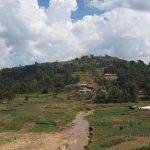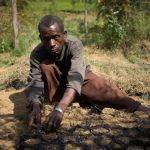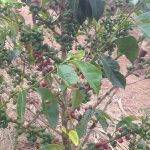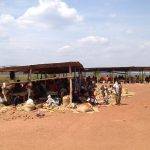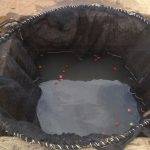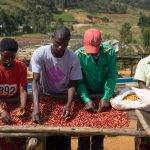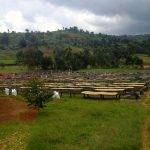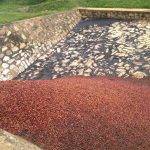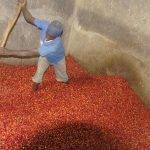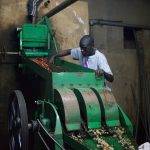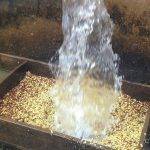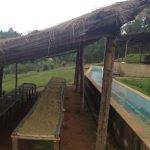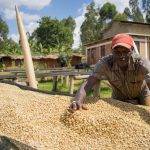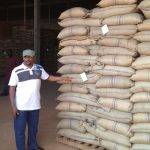
Buziraguhindwa

BURUNDI Buziraguhindwa
This micro-batch of specialty coffee comes from the plantations
that are situated near the Buziraguhindwa washing station. The farmers reach the station on foot, carrying their crops. Here the coffee cherries are split up according to the different production areas and harvest date before being tasted with the cupping method to test their quality. Only the highest quality coffees are processed with the washed method:
the pulped beans are left to ferment in water and then dried in the sun on raised beds. Thanks to this process, tropical notes and an almost winey acidity will arise in the cup.
Tipology Specialty
Region: Burundi – Kayanza
Altitude: 2.000 MASL
Producer: Small local farmers
Washing station: Buziraguhindwa washing station
by Salum Ramadhan
Cultivar: Arabica – Red Bourbon
Harvest: Manual picking May/July 2017
Processing method: Washed method with sun drying

Sensory analysis:
Notes of Wild berries and flowers
Very delicate and fruity cup
with notes of raspberry and passion fruit.
Cupping score:
87/100
SMALL COMMUNITY PLANTATIONS
Buziraguhindwa is a washing station run by the coffee expert Salum Ramadhan. Salum is extremely detail-oriented and dedicates much of his time training the local staff. His station is located at a high altitude, in the Kayanza area. Salum and his staff mainly produce washed coffees, but they are also experimenting with dry processes to obtain natural coffees. The beans are divided into daily lots, named according to the local area or hill where they were collected. The plantations in Burundi are very small, often not exceeding one hectare and a hundred plants each. This means that for a daily production of about 25 bags (1,500 kg of green coffee)Salum may need to gather the crops of a few hundred farmers.
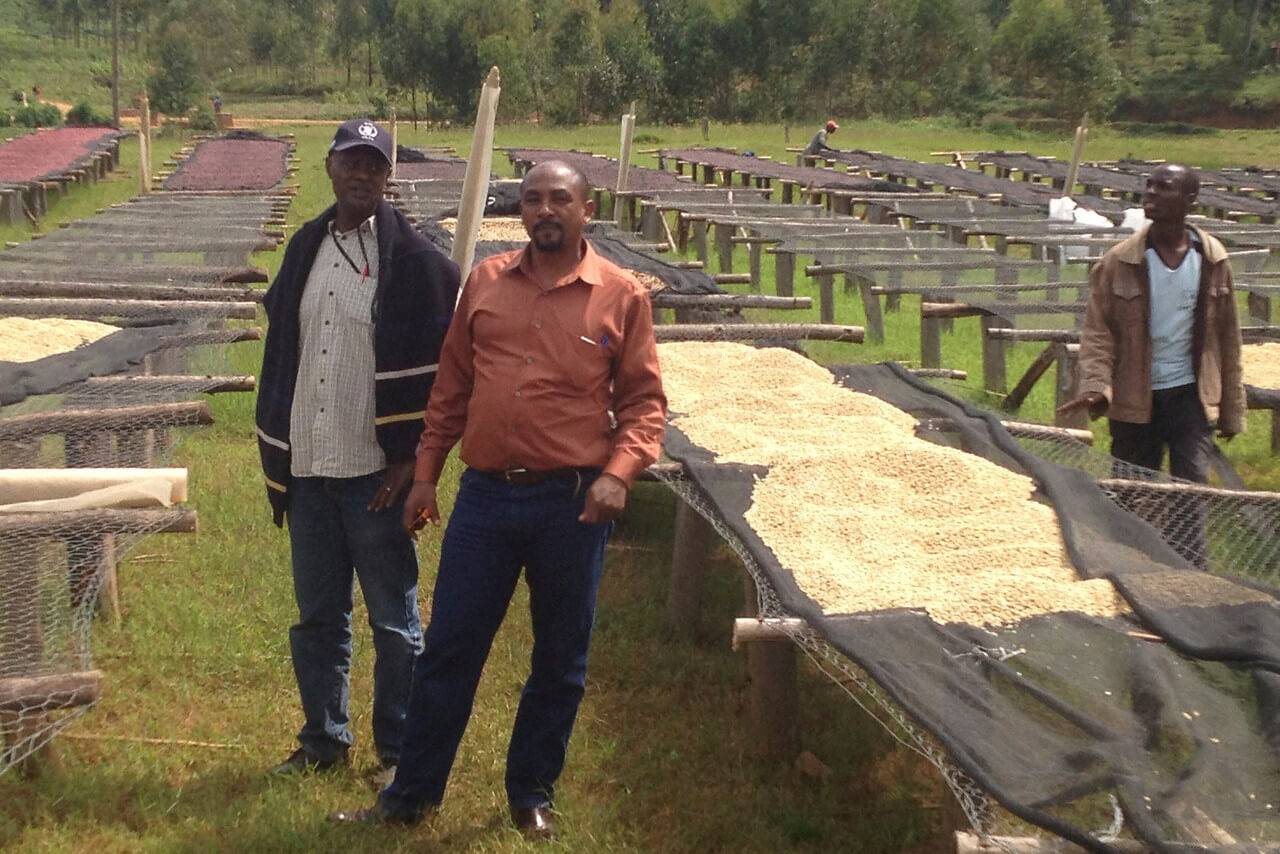

SUBSCRIBE TO OUR NEWSLETTER
AND EXPERIENCE THE
SLOW COFFEE REVOLUTION TO THE FULLEST
MANUAL PICKING
The harvest season starts very slowly in March, reaching
its peak in May, with some fluctuations depending on the
altitude and weather conditions, and usually ends in July.
On family-run farms, family members cultivate the land and
harvest coffee cherries in the afternoon and/or on Saturdays.
This harvest takes place exclusively by hand, choosing only
cherries that are already mature. Then farmers gather their
crop at the Buziraguhindwa station or hand it over to Salum’s
collaborators located in strategic areas. Producers are free to
sell coffee to anyone who offers the highest price. To get the best
quality, Salum offers premium prices, thus generating a constant
product improvement.
CHERRY RECEPTION
The processing stations in Buziraguhindwa follow a very strict procedure when receiving the cherries. The coffees are arranged in an orderly manner on raised tables. There is also a small system of floating tubs for the crops of some plantations. A group of station workers sorts the unripe and overripe cherries that will be discarded in order to achieve the best quality micro-batches.
The pre-production floating process involves immersing the
cherries in water tubs: the floating cherries are immediately
removed and returned to the farmer, then a manual selection occurs,
sorting the remaining fruits according to their stage of maturation.
WASHED METHOD
The Buziraguhindwa station is located at 2,000 meters above sea level. Altitude and cold climate make it easier to control the fermentation time. The traditional fermentation and washing process in Burundi is very long and requires a double fermentation (dry and wet) before immersion in the washing channels. This process involves hard work and a large quantity of water, which generates a lot of water waste. Salum and his collaborators have developed an alternative process that can reduce water usage, increasing production capacity and reducing over-fermentation.
This method involves a 12-hour dry fermentation. Then, the cherries go through special channels where they are divided according to their density. The next step consists in immersing cherries in clean water for 12 to 18 hours.
After that, a shady pre-drying of the beans occurs. The wet parchment is manually collected before placing the beans on raised beds exposed to the sun.
Drying normally takes 15-20 days depending on the climate and rainfall. It is not uncommon to see rain during the drying phase, so before this happens, the station workers hurry to cover the drying batches to prevent them from getting soaked.
At the end of the process, the beans are sorted into bags and the buyer will usually carry out a further evaluation by cupping the coffee. This lot has reached a score of 86/100 and can, therefore, be defined as a Specialty Coffee.
Photo credit: Nordic Approach

BURUNDI BUZIRAGUHINDWA
MADE PART OF SUMMER 2018 SELECTION,
DISCOVER WHICH COFFEE ARE NOW AVAILABLE

DO YOU HAVE ANY QUESTIONS OR INQUIRIES ABOUT
OUR COFFEES? CONTACT US, WE WILL BE GLAD
TO SHARE WITH YOU OUR PASSION FOR COFFEE



